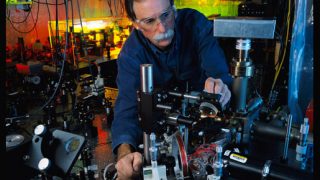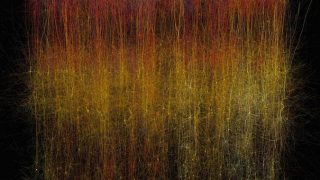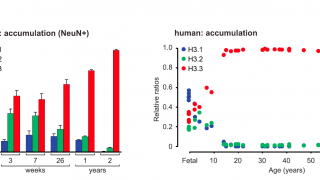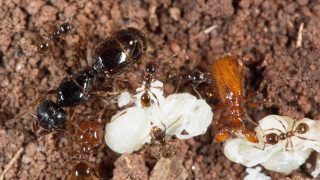
David Wineland: creating Schrödinger’s objects and optical clocks
Imagine you want to study the biology of an animal that no one has been able to capture. First, you devise a way of trapping it, then a method of calming it down so that you can manipulate it. This is exactly what David Wineland did, but his long-sought prey was not an animal, but […]








